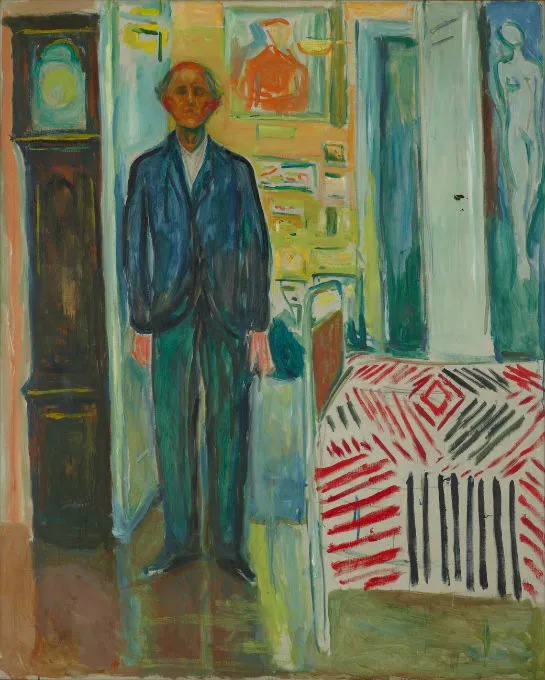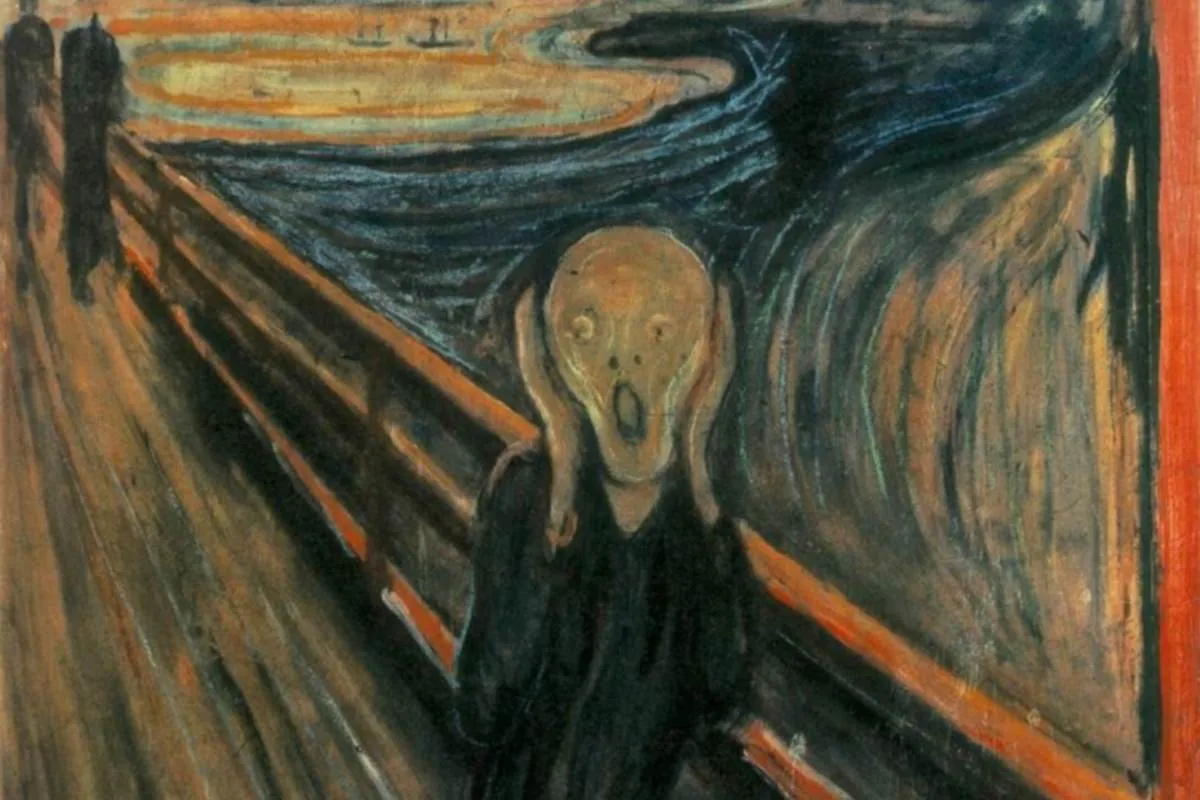The void
The internet has given has unlimited space to voice our opinions, with greedy readers to consume it. This phenomenon is the first of its kind in history. Previously, one had to take the position of a madman and stand in the town square or on the agora and shout what one wanted to say. Today, we have unlimited access to a vast network of people who, seemingly, lap it up like a thirsty wanderer. But is this the case? Or are we (we as in the people who are shouting into the void which is the internet) deceiving ourselves into believing that there are people “out there” reading and taking in everything we are saying? It might be the case that everyone is doing the same thing: shouting into the void, while no one is listening. A global delusion, a mass pathology.

There seems to be two groups of people, those who shout into the void, and those who ignore this void. (This essay itself may seem to be yet another shout into the void; the same fatalistic future waiting around the corner.) Mass hysteria is an interesting phenomenon. But can, what is happening today, be called mass hysteria? Is this global delusion really a form of mass hysteria? But first, what is this global delusion we are suffering from?
Global delusion
The internet is, and at the same time is not. One might name it different things, but I think it is uncontroversial to state that in a sense it does not exist. When the internet (i.e. social media platforms) is compared to the town square or the agora, this non-existence seems clear. The town square or marketplace is a physical space, in time, where people meet to listen to the madman (or philosopher) shout into the air standing on a platform. There is the innocent listening to the madman shouting whatever he may shout, but after that there are nothing left, no history except those who wrote it down. But this was limited to other factors; in those times how far could the message of the madman travel? Now imagine the internet. It functions as if it is the marketplace with the platform ready to be taken up by the madman, but this is only an illusion. There is the metaphorical marketplace and the metaphorical platform, but there are no spatial-temporal restrictions. One can shout in the early mornings in Russia, and the message will be heard on a solitary island thousands of kilometres away at a different time. The message which is shouted also stays intact “in the clouds” (on a hard drive somewhere). One can see how these two things, shouting in the marketplace and shouting into the void (internet), are different. The one is bound by special-temporal restrictions and the other not, the one disappears as if mist, the other stays put forever echoing in the void.

What is this global delusion or psychosis? Simply put, there is a total disconnect from reality. The madman, even unaware of his actions, gets on his platform every day shouting at the people walking on the town square with the hope that someone listens. It is as if he tries to catch fish. He knows that everybody can hear him, but the act of standing and shouting is in order to get people to listen. When this is transferred into the internet-space, there is no notion of being heard or listened to. (One can obviously be read, but this is different.) One can think of a person talking into a video camera or smiling for a photo. These acts are devoid of spatial-temporal considerations. (It would be deemed “uncanny” or “weird” if people started smiling or talking to no-one in public space. One can think of the lunatic talking to himself in a room locked up in Medieval times.) The madman doesn’t stand on a platform in the agora anymore but talks into his or her video camera in a secluded room. (Some even do this in the public, talking to no-one in the spatial-temporal sense, but to “the audience”. What is the difference between the psychotic who talks to no-one and the Youtuber talking to no-one (in the metaphorical sense)?)
Imagine the following. The psychotic lost touch with reality. He envisions a room full of people with whom he talks about everyday problems or politics, or even heavy philosophy. From the outside perspective we deem this person as delusional or suffering from psychosis. Imagine the following. The “normal” envisions a room full of people (through the camera lens, or on the “other side” of the camera lens) with whom he talks about everyday problems or politics, or even heavy philosophy. We deem this person as normal. But one can, if one takes a step backwards, deem this behaviour as abnormal, in the same way as we deep the psychotic’s behaviour as abnormal. This may not seem clear at first. But think of the following. The smiling or laughter, or the engagement of conversation, requires a response or action. One smiles because there is something making you smile; one engages a conversation because one responds to someone else. This is devoid from the first and second case. The psychotic smiles because he thinks he responds to something happening, but because he lost touch with what is real, we deep the smile uncanny. The person smiling into the camera doesn’t necessarily smile in direct response to an external stimulus, rather there is the pretend smile for the pretend audience to view as if it was a real smile. This seems like delusional behaviour.
Screaming into the void

The internet (or internet space) is devoid of spatial-temporal conditions. One does not need to be here and now in order to listen to someone. The internet is also a void, it is nothing (in a metaphorical sense). It is not a physical space in time where one can, as the madman, scream from a platform to the crowd, but it functions as if it was like this. When we thus scream like the madman into this void, we are in a sense screaming at no one. We merely think, hope or assume someone is on the other side listening and not merely hearing. We act as if we are talking to a crowd of people, posing in the photo as if there were other people, we did it for. There is thus no reality to which we respond or engage with, there is no one beyond the camera, but we act as if there was. The person screaming into his camera, is screaming into a void. He lost touch with reality, because in reality there is no one beyond the camera. There is nothing. He is merely screaming, like the lunatic, the delusional or the psychotic, at nothing thinking there is something to which he responds. He is suffering from a delusion. But we deem this behaviour normal. Or we simply turn our heads, as if not to see the psychotic who clearly lives in a “different world”; in the same way we simply turn our heads away from the person stuck in the realm of endlessly screaming into the void.
